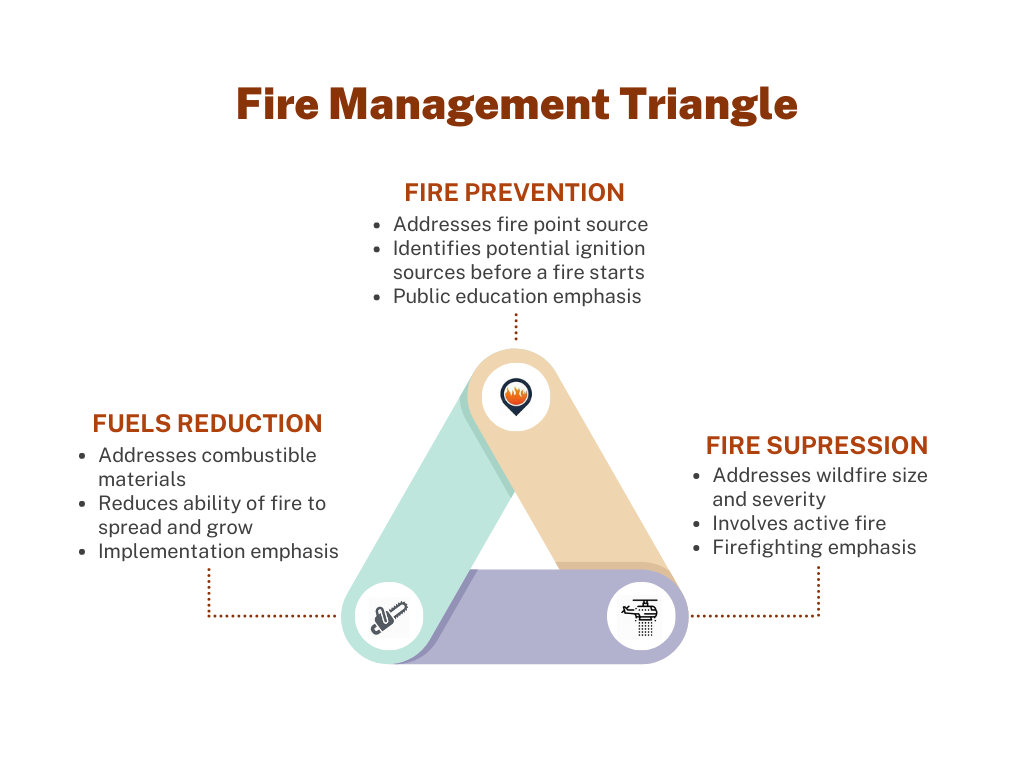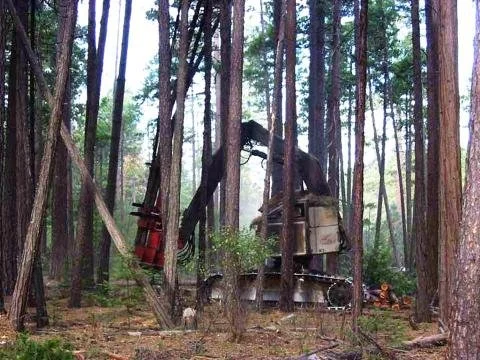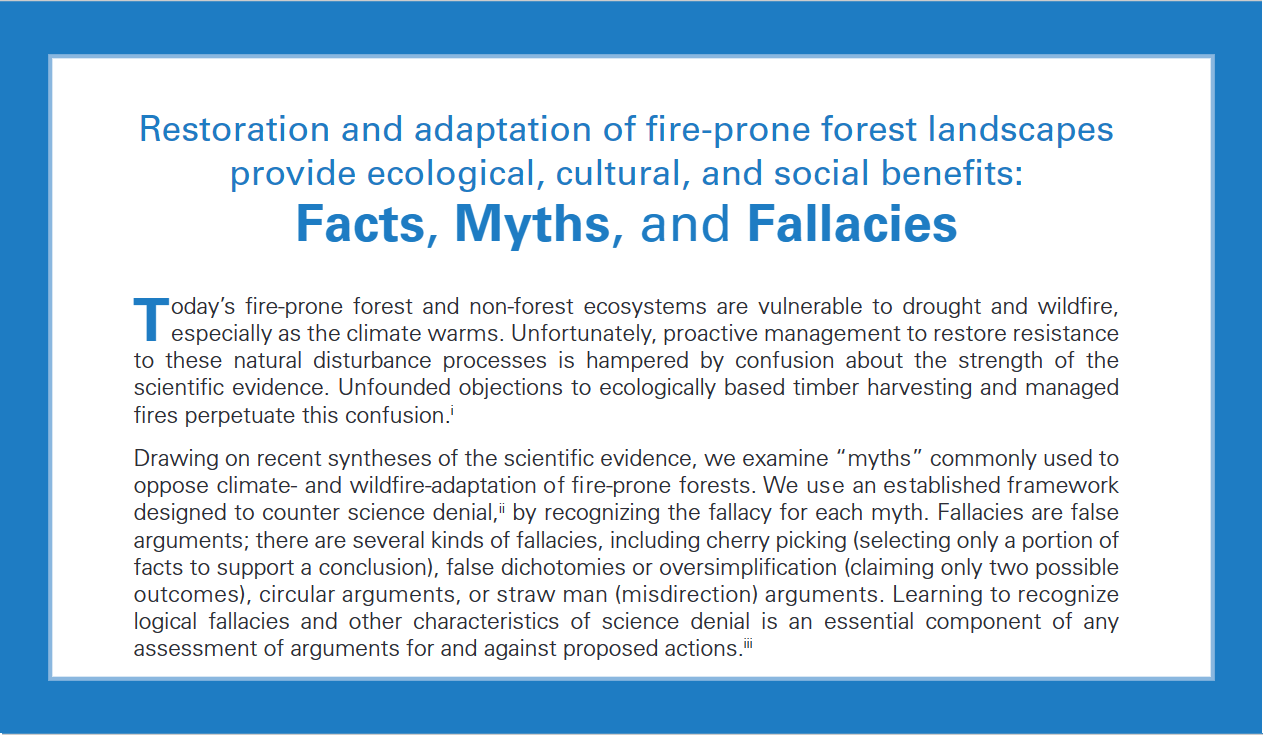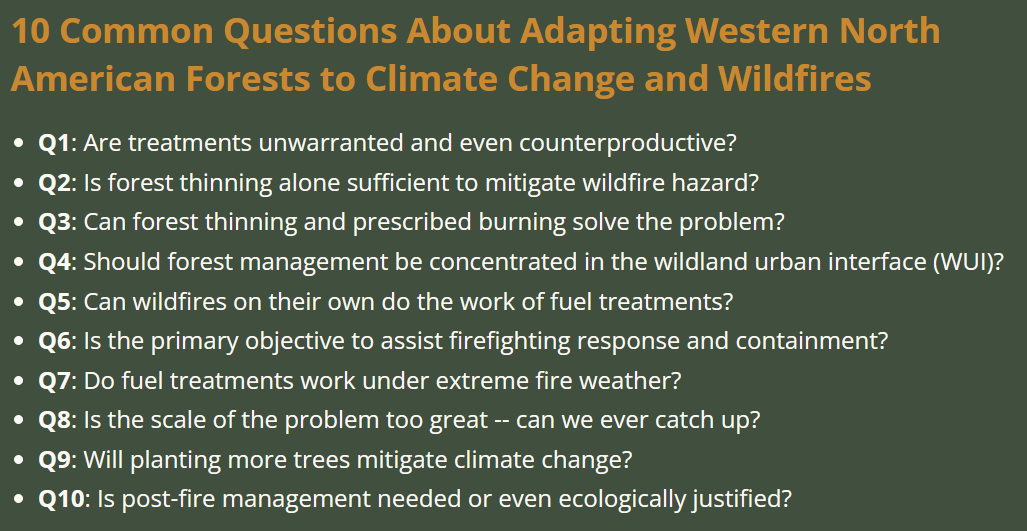Hello and happy Wednesday, Greater Santa Fe Fireshed community!
Fire management comes with a vast vocabulary of unique or unusual terminology. For individuals who are not exposed to these terms every day, exact definitions and usage can be pretty confusing. Having a clear understanding of terminology is important for cross-disciplinary discussion, public education, and to foster a common understanding of what goes into fire management. Today we will be distinguishing between and delving into two sides of wildfire management - fire prevention and fuels reduction.
Today’s Wildfire Wednesday features:
The fire management triangle - before and during a fire
Differences between fire prevention and fuels reduction
Common questions and misinformation
Be well and stay warm,
Rachel
The Fire Management Triangle
What is wildland fire management?
Colorado State Forestry defines fire management as the “activities concerned with the protection of people, property, and landscapes from [severe] wildfire and the use of [ecologically appropriate] burning for… forest management and other land use objectives, all conducted in a manner that considers environmental, social and economic factors.”
At its core, fire management describes all potential actions for controlling or guiding when, where, and how a wildland fire burns. It takes into consideration what ‘values’ would be at risk were a wildfire to burn through a given area, the ecological impacts of wildfire, and the human factors involved - from ignition to suppression to post-fire recovery.
Fire management activities include: pre-suppression, readiness, fuels management, training, prevention, suppression, prescribed fire, fire analysis and planning, rehabilitation, public affairs, and other beneficial efforts. These activities generally fit into two categories - pre-fire and during fire - and can be broken into three distinct branches: fire prevention, fuels reduction, and fire suppression.
What tools do we have?
Fire prevention, or the activities associated with reducing unplanned human-caused ignitions, and fuels reduction, or the management of organic fuels through removal or modification, are generally implemented before a wildfire happens. Fire suppression, or the containment and extinguishing of a fire, is implemented as a wildfire is burning.
Fire prevention: Activities intended to reduce the incidence of unplanned human-caused wildfires [and the risks they pose to life, property or resources], including public education, law enforcement, personal contact, and other actions taken to reduce ignitions. (NWCG Glossary of Wildland Fire)
Fuels reduction: Manipulation, including combustion, or removal of fuels [vegetation and organic debris] to reduce the likelihood of ignition and/or to lessen potential damage and resistance to control. The act or practice of controlling flammability and reducing resistance to control of wildland fuels through mechanical, chemical, biological or manual means, or by fire in support of land management objectives. (CSFS Forestry & Wildfire Glossaries of Terms)
Wildland fire suppression: An appropriate management response to wildland fire that results in curtailment of fire spread and eliminates all identified threats from a particular fire. All wildland fire suppression activities provide for firefighter and public safety as the highest consideration, but minimize loss of resource values, economic expenditures, and/or the use of critical firefighting resources. (NIFC, Wildland Fire Management Terminology)
Distinguishing Between Fire Prevention and Fuels Reduction
Both involve pre-fire work, so what is the difference?
Fire prevention
Wildfires are started either by natural causes (usually lightning) or by human activity. People start wildfires in a wide variety of ways: vehicle exhaust pipes, cigarette butts, poorly extinguished campfires, burning debris piles, and sparking equipment such as chainsaws are all common causes. Other human-caused ignitions come from arson, fireworks, powerlines, and more. With nearly 90% of unplanned ignitions being started by humans, simply reducing the spark can make a big difference in reducing unwanted wildfires.
Fire prevention, which focuses on stopping a fire before it starts, is accomplished primarily through education. Research has shown that human ignitions tend to be clustered, or occur most commonly, around cities, roadways, and busy recreation areas such as trailheads and campgrounds. Fire prevention efforts seek to inform the general public of the ways in which fires are started, the impacts of those fires as they burn, and how they can be prevented. In general, prevention programs most likely to be effective are those that give people information and tools that enhance their perception of their power, as individuals, to prevent wildfires.
Read more about fire prevention in the 2018 report on reducing human-caused ignitions in New Mexico, a 2021 report on investing in wildfire prevention, the DOI’s 10 tips to prevent wildfires and NM Forest Division’s fire prevention tips.
Fuels reduction
“When vegetation, or fuels, accumulate, they allow fires to burn hotter, faster, and with higher flame lengths. When fire encounters areas of continuous brush or small trees, it can burn these ‘ladder fuels’ and may quickly move from a ground fire into the treetops, creating a crown fire… [The objective of fuels reduction] is to remove enough vegetation (fuels) so that when a wildfire burns, it is less severe and can be more easily managed.” (NPS, What is Hazard Fuel Reduction)
Fuels reduction aims to thin out living and dead vegetation from forested areas to reduce the total amount of fuel that is available for a fire to burn. It also is designed to create breaks in the fuel type and arrangement (e.g. reducing ladder fuels) so that even if a fire starts, it cannot quickly move from the ground level into the tree canopy. These goals may be accomplished through ecologically-based forest thinning (the mechanical removal of shrubs and small trees), mastication, chipping, and prescribed fire (the purposeful introduction of fire under favorable conditions).
Fuels reduction is not intended to stop the forward progress of a wildfire as soon as it hits the treatment area; instead, fuels reduction treatments are designed to reduce the growth of fires that ignite in treated areas, moderate fire behavior by reducing crown-to-crown movement when a flaming front encounters a treated area, and enable fire management activities (containment and suppression) by giving firefighters a safe space to directly interact with the fire.
Wildfire ecologists almost universally support fuels reduction — especially in forests that used to flourish under frequent ground fires, such as the ponderosa pine forests of the Southwest. Fuels reduction is also an effective pre-fire treatment in wildland-urban interfaces and in home defensible spaces. Read more about fuels reduction in the High Country News article, Does thinning work, a Forest Service article on thinning the forest for the trees, and an NPR interview with UNM professor Matthew Hurteau.
Continuing the Conversation
Common questions and misinformation
Still have questions about fire management and what can be done to prevent or control a fire before it happens? Refer to the resources below for more information.
Revisit our September 2022 blog post on counteracting wildfire misinformation, which includes examples of common ecological restoration myths and the facts to correct them.
Read 10 common questions (and their answers) on adapting western US forests to climate change & wildfires.
Review an ERI working paper summarizing key insights on the 18th - 21st centuries’ unprecedented, human-caused fire exclusion and its impacts on fire-dependent forest landscapes in western North America
Scan the Western Environmental Law Center’s fact sheet on 8 key points to adapting forests to wildfire and climate change.









